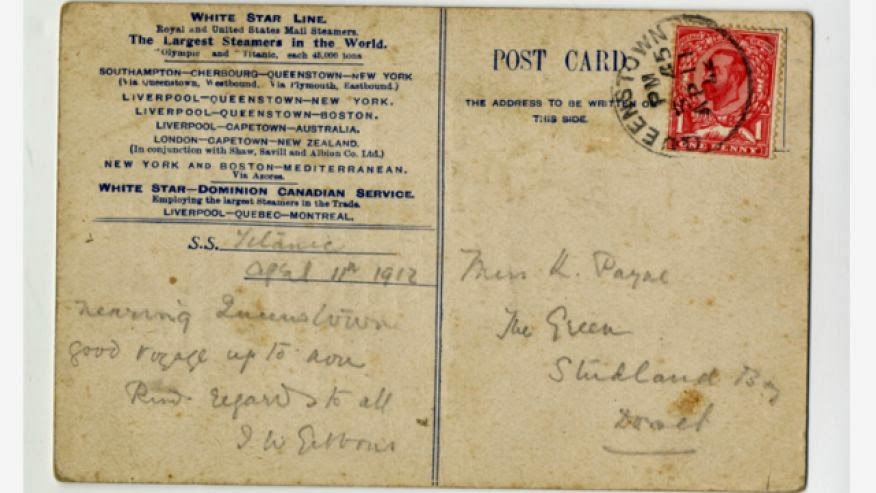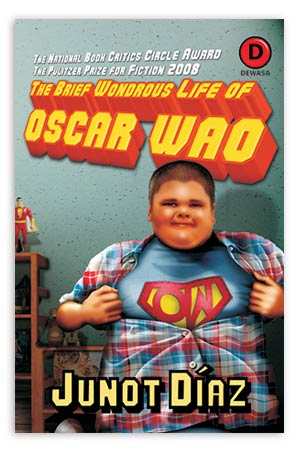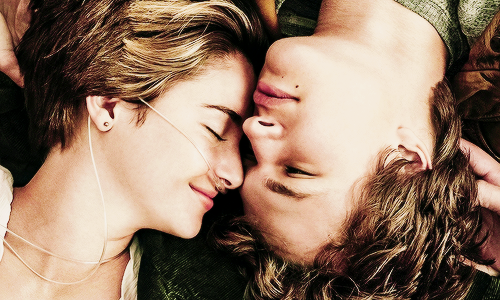This month I chose Diana Gabaldon's very first novel Outlander. This wasn't really a random choice. A little over a month ago I attended a event put on by the local library called "A Word With Writers." The featured speakers were Diana Gabaldon and George R.R. Martin. If you'd like to read about the event, visit Sister Lorena's post here.
Once upon a time I had tried to read Gabaldon's novel, but never finished. I knew why. I'd found it incredibly boring. But, after hearing her speak about her work, I thought I'd give Outlander a second chance. I dug around my bookshelf until I found my copy. The front cover was just as dated as I remembered and certainly didn't make me think that the lovely, delicate Claire was much of a beauty.
 |
| The cover of my copy. If you open the front flap you'll find an equally unflattering picture of Jamie with a late-80s hairdo. |
I flipped my book open to where I'd left off all those years ago, which was less than a quarter of the way through the novel. I even had an old, faded receipt I was using as a bookmark. It's from World's of Fun in Kansas City and says I purchased the amusement park ticket for $28.54 on July 3, 2000. So, yeah, it's been a while since I last cracked this book open.
What did I glean from reading Outlander this time around?
First off, although still boring for most of the story, I managed to get through almost the entire novel. I have to admit that I still have about 100 pages to go, but I've skimmed to the end and have a general idea of what happens. If you don't know how long Outlander is, it clocks in at 850 pages.
Next, I realized that Gabaldon has a certain beauty to the way she writes. I love how she describes Claire's surroundings in the novel. Or even some things that we take for granted. Like giving birth. Near the end, when Jenny, Claire's sister-in-law describes to Claire, who has never had a child, what birthing a baby feels like it becomes such an intimate moment filled with descriptions I never even thought about when I was pregnant. With scenes like that, Gabaldon has a magical touch to the way she writes.
Going back to the boring bit, I was disappointed to find that I felt like I never really got to know the main character, Claire. So many things that would be questions in anyone's head if they fell through time and into a strange world they knew nothing about are not raised. It's as if Claire knew exactly what to expect as soon as she fell through those rocks. No toilets? Not a problem. No bathing? Not a problem. Expected to wear suffocating clothing? Not a problem. Questionable sanitary practices in the 1700s? Not a problem. There were times when I wanted to shake Claire and ask, "Now, tell me how you really feel about the absence or lack of..." How do you go from having toilet paper to none at all and not feel just a bit nervous about the prospect? Claire never seems to mind not having modern-day amenities. And if the argument is because Frank, her modern-day husband, and all his historical research prepared her for something like this, I don't buy it. Simply put, she had no interest in what Frank did. That was apparent in the beginning of the novel. So, because I felt like I didn't really know Claire, all the strings of lovely descriptions, sex, and bits of adventure seemed to drag in many places.
On that note, the novel didn't pick up for me until around page 500 and the witch trial. Now, that I liked, and the next 200 pages were exciting. I didn't know what would happen to Claire. Would she be drowned just to find out if she was a witch? Would her knight in shining armor (a.k.a. Jamie) show up at the last minute? What I was hoping and waiting for throughout the entire novel was whether Claire would end up back at the ring of stones. If you've not read the novel, I won't spoil it for you. Her final decision between choosing Frank or Jamie was the right one, I believe.
Finally, there are some final tidbits that stopped me while reading. Claire spots Geillis's inoculation scar, but, again, she doesn't think one thing about it, and only on a side note brings it up to Jamie. What? I think my mind would be racing with all kinds of questions. Claire, from the modern world of 1945 knows an awful lot of older vocabulary from the 1700s. Somewhere I heard that Gabaldon wrote the time travel aspect because she couldn't get Claire to curb her modern-day tongue. Um, no. As soon as she's back in the 1700s, Claire seems to know all the lingo. I actually wanted more of her worldly tongue in the novel, and just felt disappointed it wasn't there. There's also an awful lot of spanking or talk of spanking going on throughout the novel. Just a head's up.
In the end, if you're debating about whether to read Outlander or not, then keep a few things in mind: 1) Gabaldon is truly a lovely writer, 2) 850 pages was way too long for something that could have used some extra editing, 3) Claire almost seamlessly fits into the 1700s, and 4) after all that, you may or may not be inclined to read the next novel in the series. I have no desire to read the next novel at the moment. But, who knows? Maybe I'll change my mind in, say, fourteen years!
Check out other reviews on the Cephalopod Coffeehouse bloghop:













